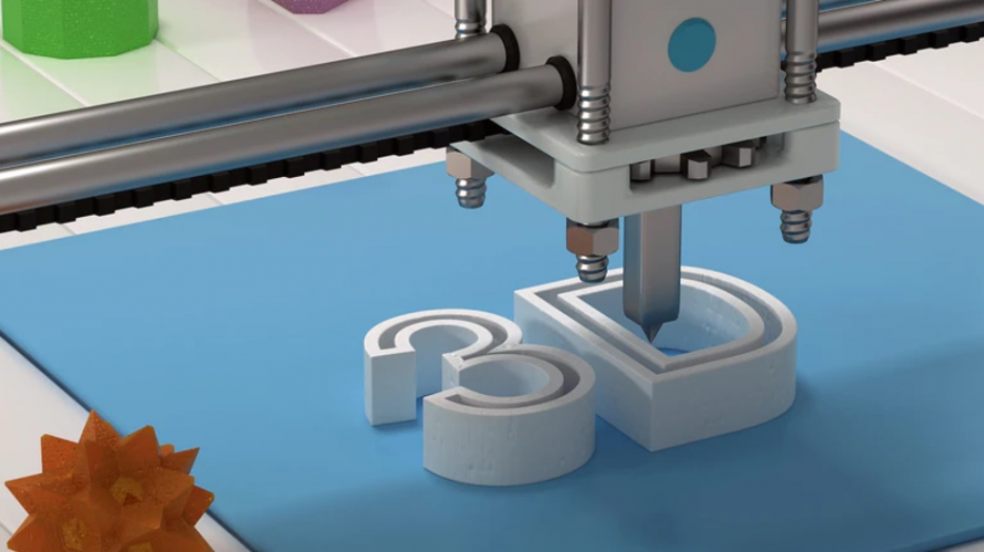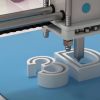
Coronavirus: How can 3D printing help?
There are already many great examples of companies turning their normal manufacturing practices into something that can help the fight against coronavirus. Top of the list is making medical equipment and particularly PPE or personal protective equipment. But can 3D printing from both expert companies like Protolabs and keen hobbyists also help with the problems created by Covid-19?
The PPE shortage
Currently one of the biggest issues for health workers, care home workers and those on the front line of dealing with coronavirus is the shortage of PPE. But 3D printing experts are stepping in to see if they can offer their equipment and expertise to help with the issue and create PPE from 3D printing.
One group was set up by a palliative medicine doctor and is currently seeking more companies and even keen hobbyists to join. The organisation has made thousands of masks with 3D printing and have donated them to those in need including in GP surgeries, pharmacy workers and social care home workers.
The face shields help to protect people working with those with the virus as well as reduce the risk of catching it from contact with other people. The company is funded by donations from other companies and uses volunteers to distribute the masks.
When people register to help on the project, they are sent the details of how to create the masks with their 3D printer. The masks are then sent to a central location to be assembled. So far, they have received orders for over 110,000 masks from health workers.
Examples from abroad
Around the world, there are other examples of the use of 3D printing to help combat medical equipment shortages. One company in Ohio builds 3D printers but have turned their 250 in-house printers to make nasal swabs to help test if people have the virus.
The company shipped the swabs around the US following requests from hospitals and health care providers who were struggling to get these crucial parts.
Another small 3D printer manufacturer turned their knowledge and equipment to make face shields and after a few modifications and alterations, came up with a successful design. Running their equipment all night, they found they could make 50 shields.
Other examples include metal components needed for medical equipment and specialist parts such as tubes required to create ventilators. Even designing new types of ventilators from scratch has been something that high tech 3D printing and manufacturing companies have been looking into.
Regulatory problems
The biggest problem with the idea of 3D printing equipment for medical workers isn’t the actual printing – it is the rules and regulations around medical equipment.
For the NHS, the equipment they use is overseen by the MHRA. They have guidelines about the manufacture of equipment, especially in this current situation and some 3D printed doesn’t meet their standards. However, some other equipment such as some types of face masks don’t come under the MHRA and aren’t classed as medical supplies.
The other big regulatory issue is the Kitemark. This is a European safety standard that is awarded to equipment after rigorous testing. It is recognisable by the kite logo on products and packaging. But safety equipment made by 3D printing doesn’t have this and it means that companies cannot sell them, even if for just cost price.
Sterilisation issues
The other big issue for companies thinking about producing PPE for health workers is the issue of sterilisation. For most businesses, their normal processes won’t include the level of sterilisation that is needed for medical parts including the packaging that would be used to transport the item to the workers.
Some companies do have sterile environments due to the nature of what they produce. This means it is easier for them to produce parts such as face shields, visors and frames that are up to the suitable sterile standards needed for medical products. Others have also been able to incorporate a cleaning process that ensures Covid-19 is deactivated before the items leave the manufacturing location.
An emergency solution
For those working in the most vulnerable jobs, there's a clear need for more PPE and still a demand for equipment such as ventilators. While there are some queries about whether the equipment produced by 3D printing can meet the rigorous standards of European regulations, there is also a clear emergency situation that requires a new approach.
For 3D printing company, cutting edge manufacturing plants and high tech companies as well as even the likes for Formula 1 teams, there is the technology and know-how. This can easily be applied to the medical parts and equipment that is most in demand.
It seems that there’s a need for an emergency solution in an extreme, emergency situation. And 3D printing can definitely play a big part in this, helping the people helping to fight the virus.













